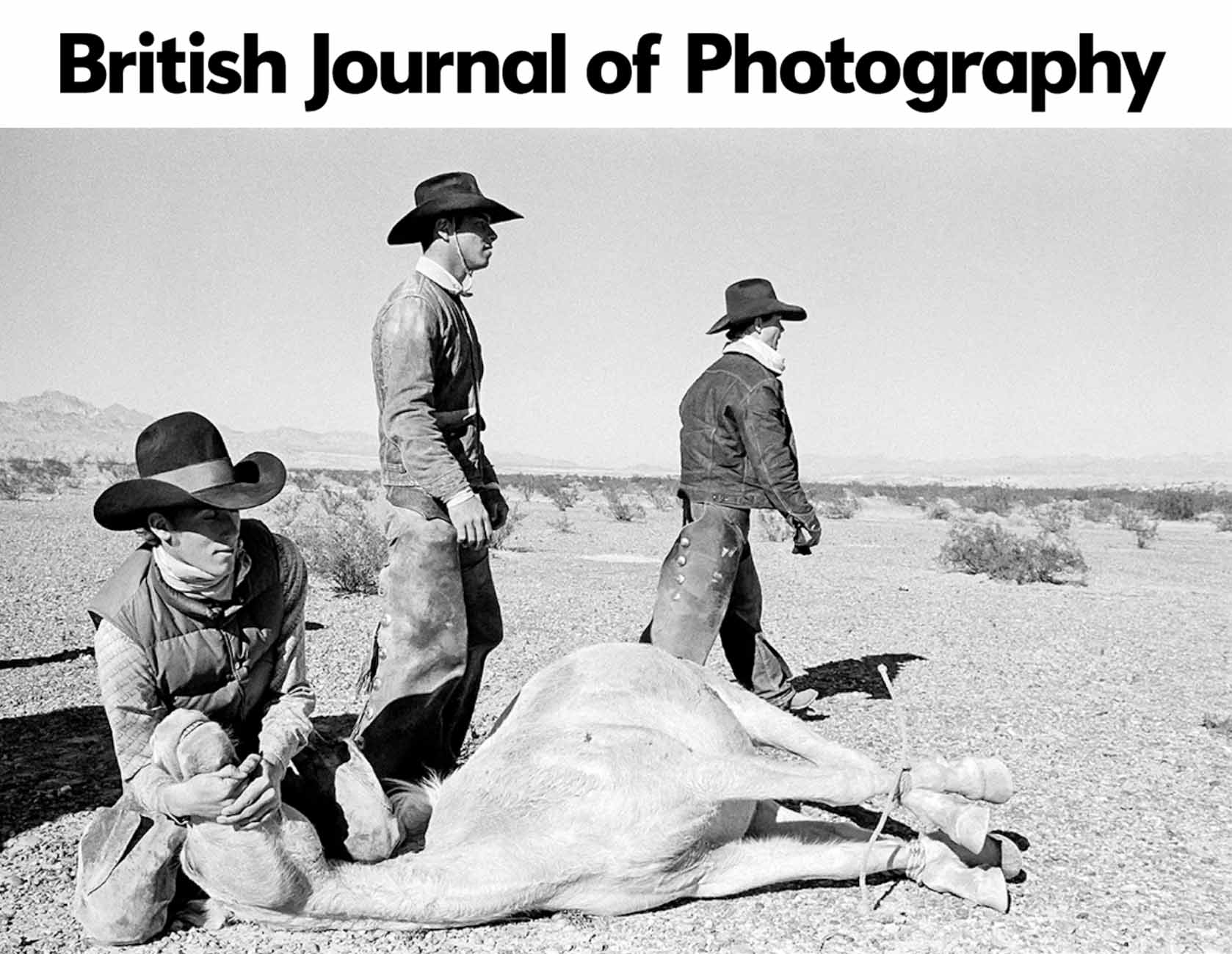British Journal of Photography
Shot between 1979 and 2001, the Magnum photographers' images are distinctly anthropocentric and gently humorous.
“When you go out into the landscape, frankly if you’re saying I think this a wonderful landscape and you take a picture, why didn’t you buy a postcard?” says David Hurn, in an interview with Christopher Frayling published in his new book, Arizona Trips.
“The people that do postcards have spent more time, they know the light and they get it right,” he adds. “It just doesn’t interest me that much.”
His shots of Arizona, which he photographed for 20 years, do something very different, focusing instead on the locals and on their interventions on the natural world in the southwestern US state. From billboards in the desert to paper cups protecting cactus plants from frost, and from rodeo events to Dolly Parton lookalike contests, his is a distinctly anthropocentric, gently humorous, look at life in the southwestern US state.
The Magnum photographer first visited Arizona in 1978 when the editor and educator Bill Jay invited him to give a workshop there; when he was awarded a Bicentennial Fellowship in 1979, which allowed him to take photographs in the US for a year, he decided to go to back. “I chose Arizona because, well a few things,” he tells Frayling.
“It was the most right-wing state in America and Wales at that time [his home] was probably the most left-wing part of the UK. Also it’s the driest state in America and Wales is the wettest. So it seemed to me it was such an extraordinary contrast.”
Turn ended up going back several times between 1979 and 2001, photographing the local people, often focusing in on social events, and always shooting candidly. “Lewis Hine said a wonderful thing a long time ago, I used to have it on my wall when I was teaching,” Hurn tells Frayling. “It said ‘We should be photographing two things. The things that should be put right and the things that should be appreciated’.
“Now I’m in the appreciation field. I just love it all. I love people touching each other. I think it’s a very nice thing to do. Togetherness. The second thing is that I don’t really want to set up anything or stage things. Photography has all sorts of genres . . . but one of the things that I think it does better than anything else is to record life as it is.”






